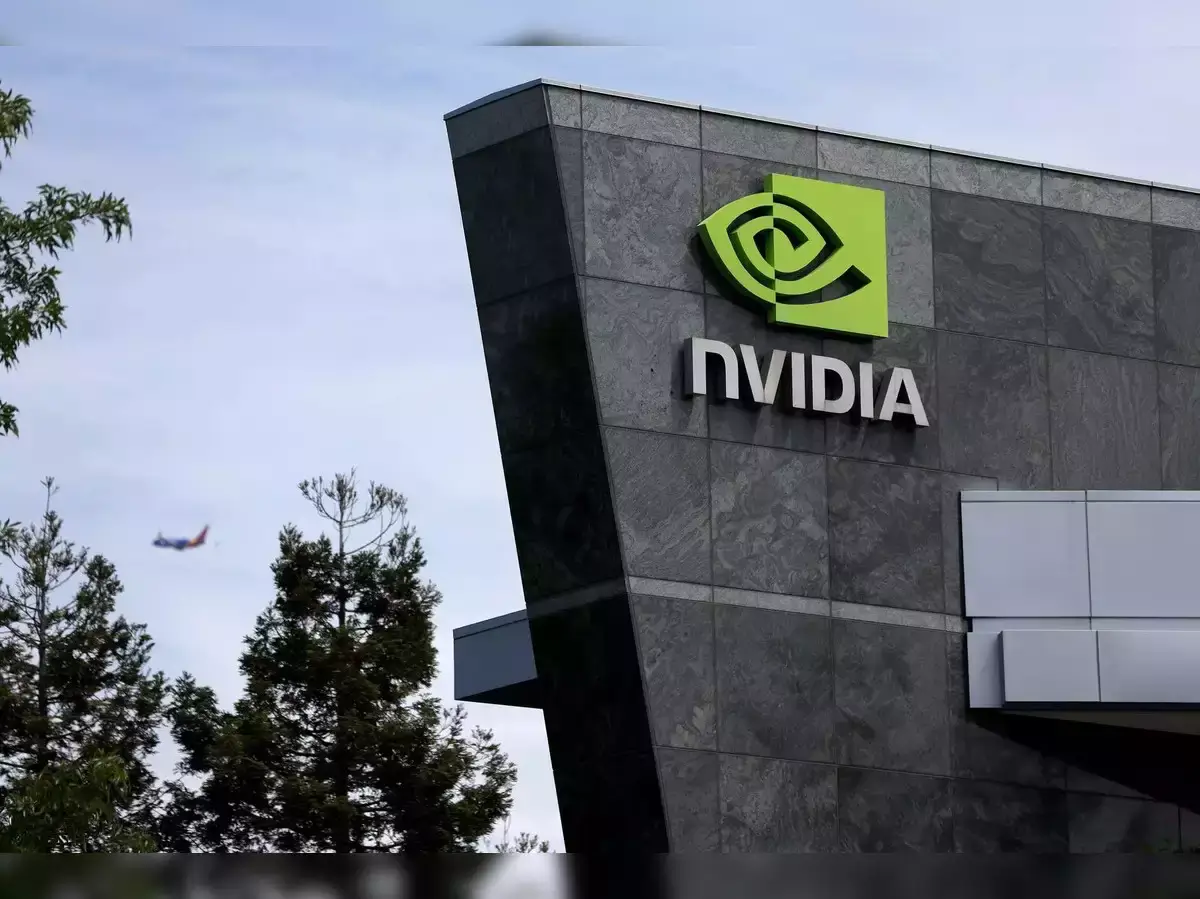The race for supremacy in the artificial intelligence (AI) chip market has intensified with Nvidia’s recent unveiling of their next-generation flagship chip, the Blackwell B200. This powerhouse chip boasts significant performance improvements and aims to solidify Nvidia’s position as the leader in this rapidly growing field. Let’s delve deeper into this development and explore its potential impact on the future of AI technology.

Nvidia’s B200: A Colossus in the Making
The B200 represents a significant leap forward in AI processing power. Compared to its predecessor, the Hopper architecture, the B200 promises up to 30 times faster performance for specific tasks like powering chatbots. This translates to faster training times for complex AI models and the ability to handle even more demanding applications.
However, a key aspect of the B200 lies in its physical design. Unlike traditional single-chip solutions, the B200 takes a different approach. It essentially combines two separate AI processing units into a single package, significantly increasing its overall processing power and data throughput. This innovative design choice could pave the way for even more powerful AI chips in the future.
Implications for AI Advancement
The B200’s arrival has far-reaching consequences for the development of AI technology. Here are some potential areas of impact:
- Faster Development of AI Models: The B200’s increased processing power will enable researchers and developers to train complex AI models much faster. This could lead to breakthroughs in areas like natural language processing, computer vision, and robotics.
- Emerging Applications: The B200’s capabilities could unlock entirely new applications for AI. Industries like healthcare, finance, and manufacturing could leverage the B200’s power to develop innovative solutions and automate complex processes.
- Democratization of AI: While the B200 might initially target large data centres, its advancements could eventually trickle down to smaller, more affordable AI chips. This could lead to the wider adoption of AI technology across various industries and applications.
The Competition Heats Up
While Nvidia currently holds a dominant position in the AI chip market, the B200’s launch is unlikely to go unchallenged. Competitors like AMD, Intel, and even established tech giants like Google are actively developing their own AI chip solutions. This intense competition promises to benefit the industry as a whole, pushing the boundaries of AI chip technology and driving down costs.
Challenges and Considerations
Despite the B200’s impressive capabilities, some concerns remain.
One major challenge is the increasing power consumption of these advanced chips. Data centers utilizing the B200 will require efficient cooling solutions to manage the heat generated. Additionally, the high cost of such bleeding-edge technology could limit its initial adoption to large corporations and research institutions.
A Look Towards the Future
The unveiling of the B200 marks a significant milestone in the AI chip race. Nvidia’s dominance is being challenged, but this competition will undoubtedly propel the industry forward. The B200 holds the potential to unlock new possibilities in AI research and development, paving the way for a future where artificial intelligence plays an even more prominent role in our lives. As the race for AI chip supremacy continues, we can expect even more powerful and innovative solutions to emerge in the years to come.





